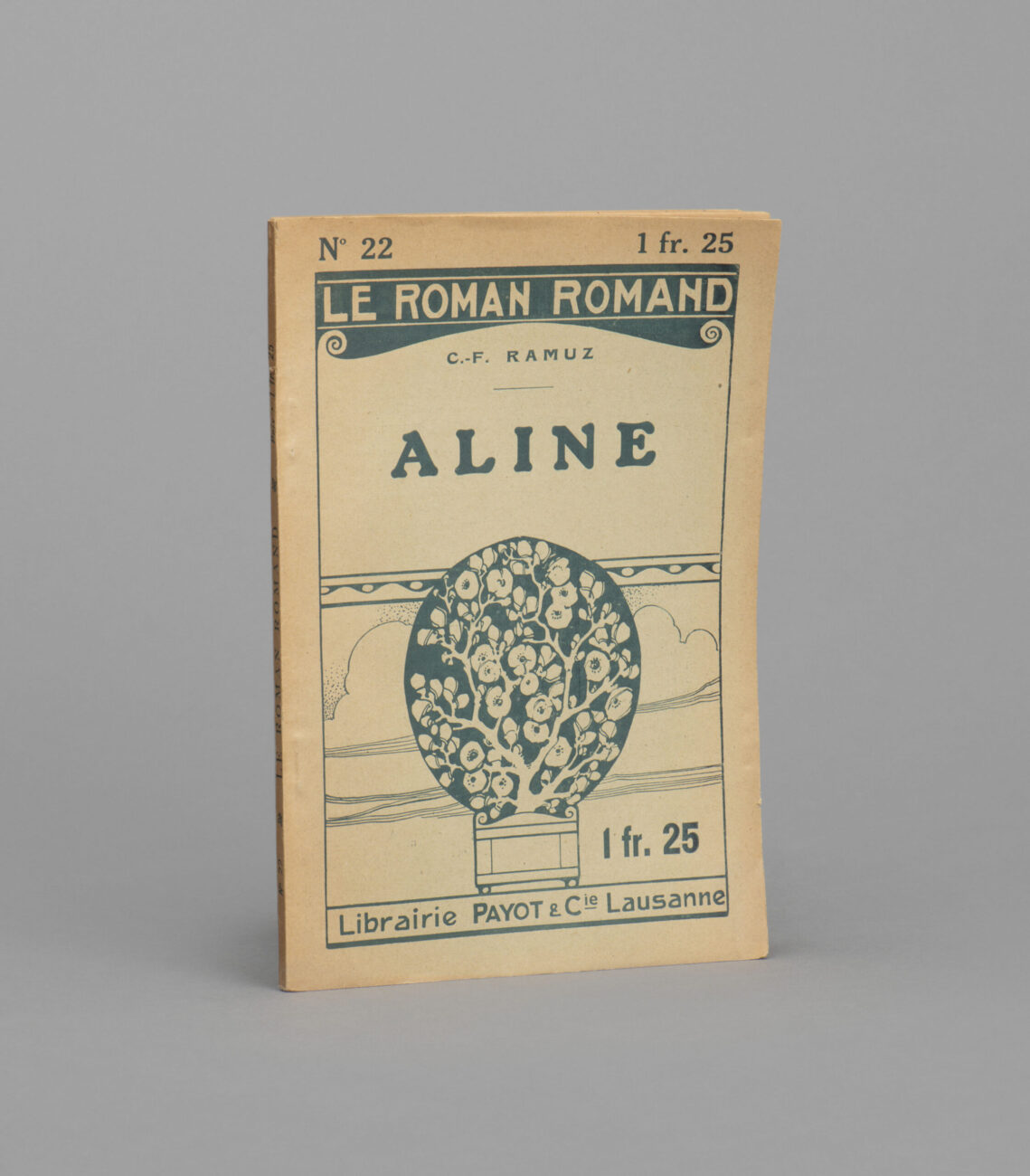Ramuz’s frame of reference is a village symbolizing a kind of lost paradise, where appearances of happy harmony conceal the impossibility of living together. Not historically situated, or only marginally so, it’s a world that probably never existed, a hypothesis that allows the writer to reflect on the situation of his contemporaries. Ramuz stages a small community, a microcosm, which is like his laboratory, offering a scaled-down image of humanity as a whole in its struggle with love, death, beauty and the dangers of the world.
“At first she just thought Julien was late. We don’t always do what we want; that’s what she told herself. But as time went by, she became more agitated, because of her imaginations. One thinks of illness, one thinks of death: she didn’t think of the only real thing, which is the cruelty of men.”
Aline, 1905
Caption
C. F. Ramuz (1878-1947)
Aline, 1905
Editions Librairie Payot et cie Lausanne
© Musées de Pully (MBR)
